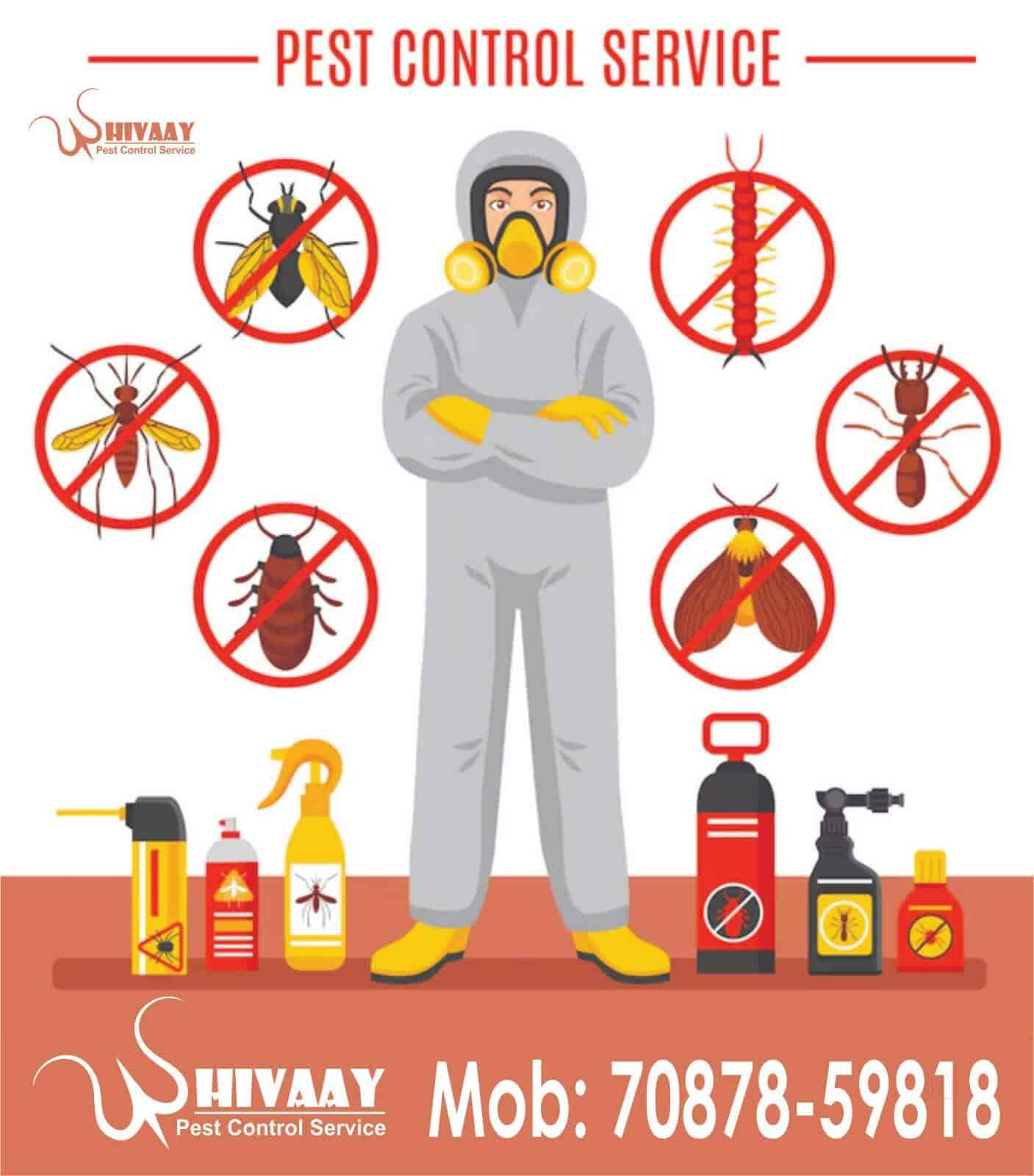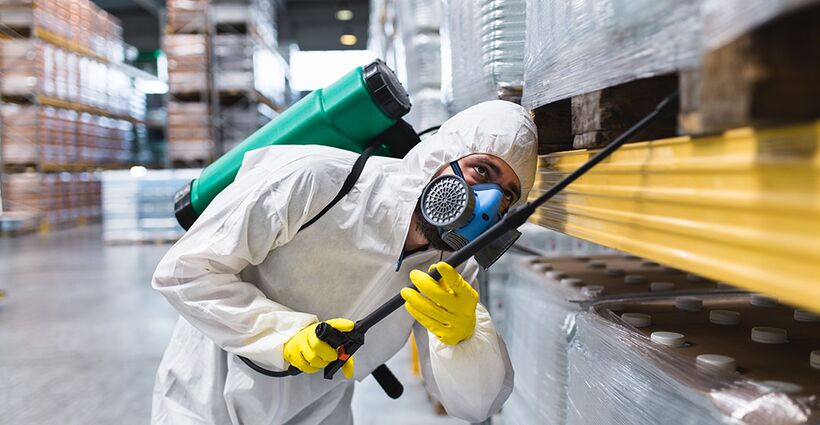Safe and Dependable Bug Control for Lasting Security
Reliable insect management needs a diverse technique that balances environmental stability with the requirement for reliable pest reductions. The nuances of these methods might not be immediately clear, motivating a more detailed assessment of the practices that can lead to lasting pest control results.
Recognizing Pest Control Techniques
Bug control incorporates a selection of methods targeted at managing and getting rid of unwanted insects and rats that can intimidate both health and wellness and property. Comprehending these approaches is essential for efficient parasite monitoring.
The key classifications of bug control techniques include mechanical, organic, and chemical approaches. Mechanical methods include physical obstacles and traps to protect against pest access and capture undesirable varieties. For example, using displays on home windows or employing sticky catches can significantly decrease parasite populaces without presenting dangerous compounds.

Chemical parasite control is frequently one of the most identified method, making use of chemicals to eliminate parasites. These chemicals can be effective yet need to be used with caution to avoid adverse results on non-target types and the setting.
Advantages of Eco-Friendly Solutions
Just how can eco-friendly solutions transform insect control practices? The adoption of green insect control techniques uses countless benefits, dramatically improving the efficiency and security of bug management.

An additional advantage is the favorable effect on regional biodiversity. Eco-friendly options are designed to target certain insects while preserving useful pests and wild animals, advertising a well balanced ecological community. This approach lines up with the growing consumer need for lasting techniques, enhancing the track record of parasite control carriers.
Integrated Parasite Administration Strategies
The execution of eco-friendly solutions normally causes the fostering of Integrated Pest Administration (IPM) methods, which further improve bug control efficacy. IPM is an all natural method that incorporates numerous techniques to manage pest populations while reducing environmental influence. This technique highlights using organic, social, mechanical, and chemical controls, ensuring a lasting and well balanced method of bug management.
One fundamental facet of IPM is the detailed assessment of insect task and environmental conditions. By checking parasite populaces and recognizing their life cycles, practitioners can implement targeted treatments that disrupt the insect's environment or lifecycle, lowering reliance on chemical pesticides. Additionally, social methods such as plant rotation and habitat manipulation can dramatically decrease pest establishment and recreation.
Another crucial component is using organic control agents, such as useful insects or microbes, which can naturally subdue insect populations. When chemical applications are required, IPM focuses on using low-risk pesticides and uses them precisely, lessening exposure to non-target microorganisms and humans.
Integrating IPM approaches not just improves pest control effectiveness however also promotes a much safer community, aligning with the expanding demand for lasting techniques in pest management.
Safe Practices for House Owners
Recognizing the value of risk-free methods in bug control can empower home owners to efficiently take care of insect concerns while safeguarding their health and wellness and the setting. Applying preventative measures and safe methods is important in decreasing exposure to hazardous chemicals.
Home owners must first assess their environment for conditions that draw in bugs, such as standing food, mess, and water waste. Regularly cleaning and securing entry points can prevent bugs from getting into the home. Utilizing all-natural deterrents, such as essential oils or diatomaceous earth, can supply reliable choices to chemical pesticides.
When chemical therapies are essential, property owners need to choose for items that are particularly labeled as risk-free for domestic usage. It is important to comply with application standards thoroughly to stay clear of too much exposure. Additionally, making use of targeted therapies in locations where pests are recognized, rather than covering spraying, can substantially reduce chemical use.
Finally, keeping open communication with pest control specialists is crucial. Home owners ought to inquire about the safety of items used and demand environmentally friendly options whenever possible. By taking on these risk-free practices, home owners can develop a much healthier living view it now environment while successfully handling bug issues.

Tips for Long-Term Protection
Developing an insect monitoring approach that emphasizes long-lasting protection can substantially improve the performance of the safe practices previously talked about. To achieve this, property owners ought to implement routine assessments of their residential or commercial property, concentrating on hidden locations such as attics, basements, and crawl spaces. Early detection of insect task is important in avoiding invasions from holding.
These techniques lower attractants that draw parasites right into the home. Sealing entrance points, such as fractures around doors and home windows, can properly block potential bug access.
Landscape design needs to additionally be thought about; keeping plants cut and preserving a range in between plants and the home lessens concealing spots for pests. Making use of all-natural deterrents, such as essential oils or diatomaceous earth, can better inhibit problems without turning to severe chemicals.
Finally, collaborating with a specialist bug control solution for regular analyses can supply an additional layer of safety and security. These professionals can provide tailored recommendations and progressed therapies, making sure that your home continues to be secured against parasites in the lengthy term.
Final Thought
In verdict, trusted and risk-free bug control needs a complex method that highlights environmentally friendly approaches and integrated bug monitoring. By implementing all-natural deterrents, conducting normal examinations, and maintaining appropriate hygiene, homeowner can substantially reduce parasite populaces while protecting beneficial bugs and the setting. Collaboration with expert pest control services enhances the effectiveness of these approaches, making sure customized remedies that give lasting defense and satisfaction against future problems.
Effective bug monitoring calls for a complex strategy that balances ecological stability with the requirement for efficient insect suppression. The fostering of environmentally friendly insect control approaches provides countless advantages, considerably boosting the performance and safety of parasite monitoring.The implementation of eco-friendly options naturally leads to the adoption of Integrated Bug Management (IPM) techniques, which even more boost insect control efficiency. exterminator coquitlam. By monitoring parasite populaces and determining their life cycles, professionals can carry out targeted interventions that disrupt the bug's habitat or lifecycle, reducing reliance on chemical pesticides.In verdict, reputable and secure bug control needs a diverse technique that emphasizes eco-friendly techniques and integrated parasite monitoring